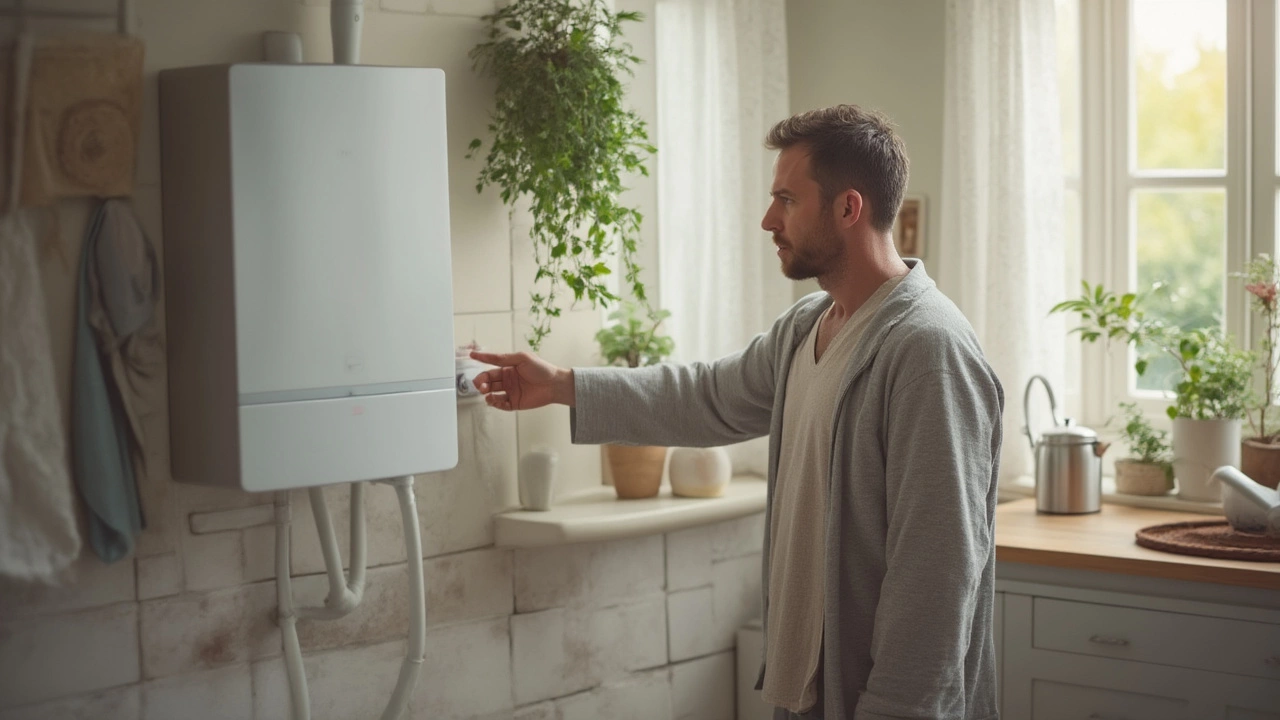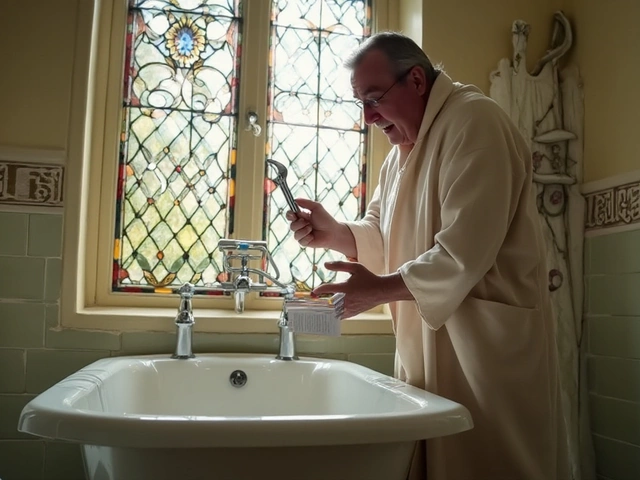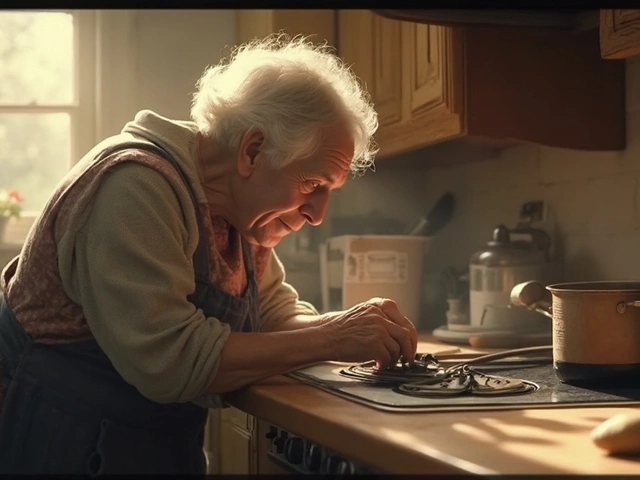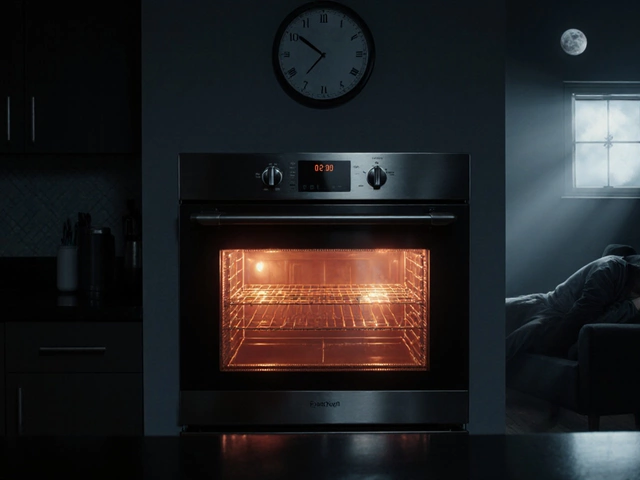Standing in the shower, covered in soap, only for the water to turn ice-cold—yeah, that's a situation nobody enjoys. If you keep having to dash out and jab that reset button on your water heater, it starts to feel a little ridiculous. Some folks actually develop a routine of hitting the reset before stowing towels, just in case. So why does a water heater misbehave and force you to do this dance? Turns out, it’s a symptom pointing at a few straightforward but seriously annoying issues.
Hidden Triggers: What Makes a Water Heater Need Frequent Resetting?
Resetting your water heater over and over usually means something’s off with its inner safety mechanisms. Let’s break down why this keeps sneaking up on you:
First up is the high-limit switch—a sort of built-in safety police officer. If your water heater thinks it’s getting too hot, this switch trips and stops everything to prevent your tank from going volcanic. Heat above 180°F (about 82°C) triggers it. Sometimes, it’s a one-off thing (like a power surge), but repeated resets often mean a stuck thermostat or faulty heating element. A thermostat malfunction can be sneaky; it doesn’t always show obvious signs beyond these hot-cold water swings.
Wiring can’t be ignored either. Loose, corroded, or burnt wiring throws signals haywire, sometimes tripping switches just to avoid hazards. In some homes, especially if yours is older, wire insulation starts to break down over decades. A good whiff near your water heater panel—smelling something fishy or burnt? That’s a red flag for electrical trouble. If you’re not comfortable poking behind panels, that’s a good moment to hit up an electrician.
Another biggie is sediment buildup in the bottom of the tank. Hard water leaves behind mineral junk, which coats and buries the bottom heating element. Instead of heating the water evenly, it overheats this junk layer, causing the high-limit switch to snap every time things reach a boiling point (literally). Water heaters in hard water regions will show this earlier than expected, even in units less than a decade old.
Ever been guilty of cranking the thermostat dial “just for more hot water?” It’s tempting, especially when guests are over and nobody wants a lukewarm shower. But cranking it high can push the heater past limits, tripping the reset again. Manufacturers like Rheem and AO Smith mark 120°F as the gold standard for safe, efficient hot water. Go higher at your own risk (and at your reset finger’s peril).
There’s also the reality that water heaters wear out. Parts like thermostats, switches, or elements can get flaky with age—if your tank is over 10 years old and parts start to groan and fail, you’re on borrowed time. Pricier models boast better self-diagnostic features, but even those can’t dodge classic mechanical decay.
Clues Your Water Heater Is Crying for Help: Signs and Symptoms
No need to play detective for weeks. Water heaters give pretty clear signals when they’re about to hit “reset” without your consent. Here’s what to look for:
- Water that goes hot-cold-hot at random times during the day.
- The return of cold showers sooner than expected, even when no one has used hot water for hours.
- You hear popping, crackling, or the sound of air bubbles from the tank. That’s sediment frying inside.
- Burnt-smelling plastic or metallic scents near the tank.
- Visible moisture or small drips near the base—sometimes water leaks cause shorting.
If you’re resetting every few days or, worse, daily, your heater isn’t healthy. Compare this to older units you might remember growing up—they could go five years without you touching the reset button! Ella still remembers our college apartment's heater: it was ancient but nearly invincible. Today’s units sometimes aren’t built for that kind of marathon run, and hard water or fluctuating power makes things even sketchier.
Curious fact: As of 2023, the U.S. Department of Energy listed water heaters as the second-highest home energy user. When they start failing and flip themselves off, you’re not just missing comfort, you’re burning energy without results. That’s a double punch: cold showers and a growing utility bill.
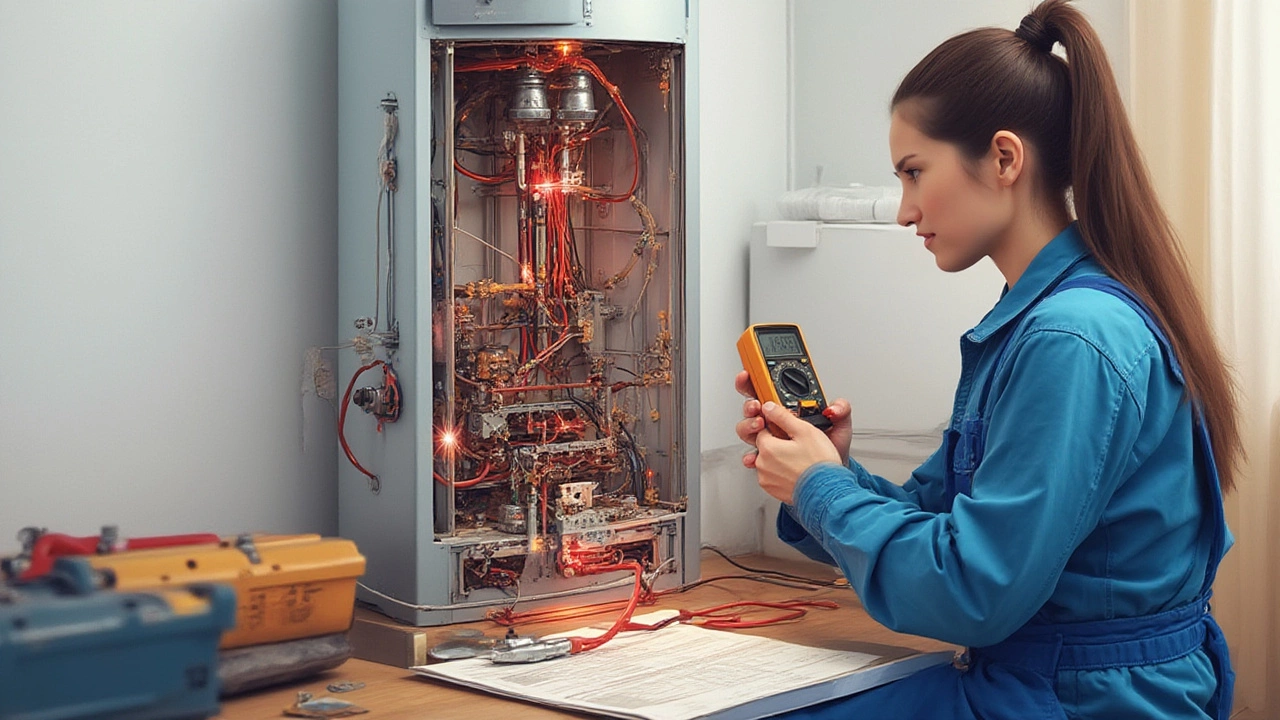
How to Tackle the Cycle: Action Steps to Stop the Reset Madness
Ready to break the cycle? Start with some quick, safe checks before you call in pros or start shopping for new gear.
- Turn off the power to your water heater at the circuit. Safety first.
- Inspect the reset button and other wiring. Burnt marks or melted plastic? Time to call an electrician or plumber.
- Remove and visually check both thermostats and heating elements (if you have an electric unit). Signs of rust, swelling, or cracks? Replace these parts before bigger problems hit.
- Drain your tank partially and check for sediment. Open the drain valve (watch for hot water!) and see if it runs clear or spits out cloudy gunk.
- Set your thermostat to 120°F. Test your water at the tap—if it’s much hotter or cooler, you’ve got thermostat or sensor drama.
If the tank is younger than 8-10 years, these repairs actually make sense. Thermostats are easy and inexpensive to swap out (usually under $50), and heating elements rarely take more than an hour from start to finish. For sediment buildup, regular flushing—just once or twice a year—keeps minerals from getting comfortable. I had to laugh the first time I tried this and ended up splashing half the basement, but with practice, it’s totally doable without pro help.
There’s something to be said for quality replacement parts. Sticking with big-name brands that match your heater model beats trying to “make do” with whatever the hardware store has. Mismatched parts can cause new headaches, like short-cycling or even tank leaks. Read your manual or look up the serial number: that’s your shortcut to getting the right gear.
Got a gas water heater instead of electric? Frequent resetting could point to faulty thermocouples, dirty pilot assemblies, or clogged vents rather than heating elements. These issues need a different troubleshooting approach—and often, a professional touch if dealing with gas lines. Never try to fix gas leak issues on your own.
If replacing parts or flushing doesn’t fix things, you might be fighting a bigger issue like a compromised tank liner or shorted wiring inside the shell. At that point, replacement is likely cheaper and safer than patching things up month after month.
Smart Habits and Preventive Tips for Hassle-Free Hot Water
Catching issues early isn’t just about saving money. Smart water heater habits outright prevent those “reset rage” mornings. Here are some routines that keep your water heater in the comfort zone:
- Flush your tank once a year—twice if you live with hard water. This cuts sediment before it chokes your heating element.
- Set thermostats to the sweet spot of 120°F. Not only is this safer for kids and pets, but it also slashes energy bills.
- Test and trip your heater’s reset and high-limit switches every year (easy: poke with a pencil eraser while power is OFF).
- Look for any leaks or crusted-up connections during spring cleaning. Catching tiny drips fast prevents short circuits later.
- Install surge protectors, especially in areas known for power blips. That protects sensitive electronics in modern heaters.
If you’re heading out for vacation—or a weekend trip—flip the heater to “vacation” mode or turn it way down. Not only does this soften the blow if something fails, but you can also save a few extra bucks on unused energy.
It’s worth mentioning: Nearly all new heaters carry at least a 6-year warranty, and some problems are covered. A little hunting down your serial number and registering your product can come in handy where replacement parts are concerned.
For hard water regions, investing in a water softener upstream from the heater pays off. Less scale means fewer resets. Definitely not the cheapest add-on, but the lifespan extension can be massive—sometimes turning a 7-year heater into a 15-year no-hassle unit.
So next time you’re staring at the reset button, frustrated, remember that your heater isn’t just trolling you—there’s always a fixable reason behind the madness. Whether you just need a little cleaning or your machine’s sending up flares begging for retirement, knowing the right steps can save money, comfort, and frustration (plus fewer awkward dashes through a chilly hallway). And hey, if you ever become that neighbor who actually fixes a water heater alone, you’ll have bragging rights for life.
